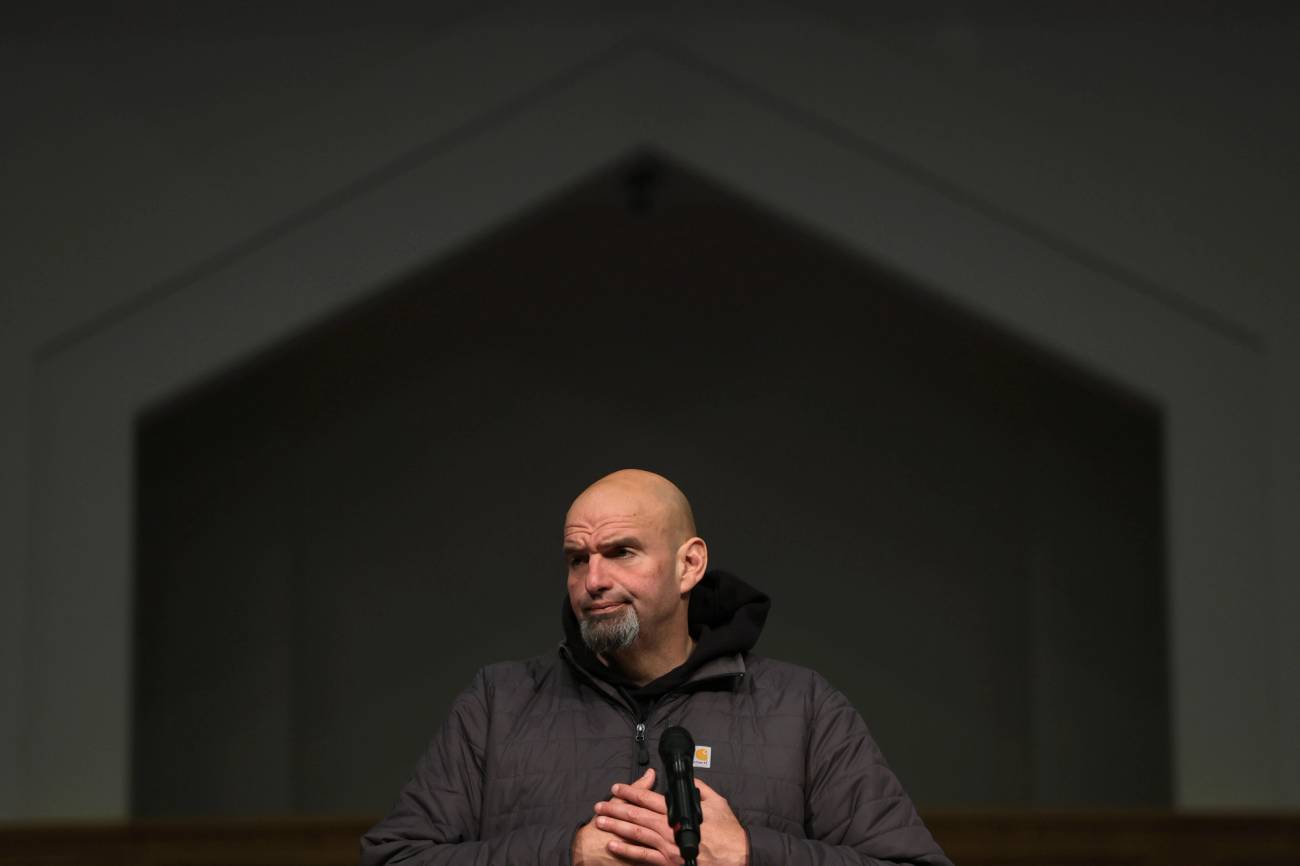 Juliusz KOSSAK (1824 Nowy Wiśnicz – 1899 Kraków)
Juliusz KOSSAK (1824 Nowy Wiśnicz – 1899 Kraków)
 LISTOPAD KOSZERNY
LISTOPAD KOSZERNY
JERZY ŁUKASZEWSKI
Dla budowania narodowego mitu, który ma przekonać Polaków i nie tylko o naszej wyjątkowości i co za tym idzie – należnym nam wyjątkowym miejscu w rodzinie narodów świata, od lat używa się tych samych elementów. Chodzi głównie o historię naszych walk z wrogami najeżdżającymi nas ze wszech stron. Opowieści te na ogół odpowiednio koloryzowane i cenzurowane tak bardzo wrosły w naszą świadomość, że jakakolwiek ingerencja w ich treść jest w stanie wywołać burzę, nawet pośród ludzi nieco bardziej światłych niż przeciętna. Nie mówię tu o politykach, bo światłych tam jak na lekarstwo (czasami ma człowiek wrażenie, że światlejsi są celowo wycinani z ich szeregów).
Mamy dziś kolejną rocznicę jednego z powstań obrosłych legendą, której lepiej nie defasonować, jeśli nie chce się zyskać miana antypolaka itp.
A człowieka czasem korci, by nawet niejakiemu Bąkiewiczowi i jego mocodawcom uświadomić pewne fakty, które można pomijać, udawać, że się ich nie widzi, ale których wymazać się nie da.
Czy ktoś np. pamięta, by przy okazji szumnego obchodzenia kolejnej rocznicy kolejnego upadłego powstania ktoś wspominał o nacjach innych, niż nasza własna, a zamieszkujących tereny nadwiślańskie?
Owszem, w PRL-owskich podręcznikach do historii wspominano obcokrajowców (Włochów, Rosjan itd.) biorących udział w naszych powstaniach, szczególnie jeśli chodzi o styczniowe. Rzadziej wspominało się oficerów serbskich, których sprowadził wprost z Akademii w Berlinie Julian Łukaszewski, komisarz RN na zabór pruski.
Jeszcze rzadziej, niemal wcale nie wspominało się o lokalnych niepolakach. Pamiętam swoje zaciekawienie, kiedy w gazecie z 1923 roku znalazłem wzmiankę o śmierci jednego z ostatnich powstańców, walczącego na Litwie w randze porucznika nazwiskiem Józef Gruenseit. Zdjęcie zmarłego weterana mogło zaskoczyć. Przedstawiało człowieka ubranego w chałat, w mycce na głowie, z pejsami do pół piersi.
Nie wiem, jak to zrobić, ale chciałbym widzieć minę naszych zawszonych narodowców, gdyby im pokazać to zdjęcie. Plus wzmiankę dziennikarza mówiącą, że II RP przyznała zmarłemu (za życia, rzecz jasna) specjalną rentę jako zasłużonemu dla Ojczyzny.
A jeśliby poszukać dalej to okazałoby się, że właściwie w każdej polskiej wojence i to nawet przed rozbiorami, znaleźlibyśmy starozakonnych, których nasza mitologia jakoś nie kojarzy z bohaterskimi walkami narodu wyjątkowo wyjątkowego, jakim przecież jesteśmy.
Kiedy jednak już zagłębimy się w studnię historii to im głębiej, tym wzmianek więcej.
Co ciekawe, już w czasach napoleońskich zdarzały się środowiska próbujące dokonać rzeczowej analizy statusu mniejszości żydowskiej, odpowiedzieć na pytania o pochodzenie mniej lub bardziej stereotypowego obrazu negatywnych cech przypisywanych każdej mniejszości przez tolerancyjny przecież z natury naród polski.
Proszę sobie wyobrazić, że już na początku XIX wieku środowisko związane z Walerianem Łukasińskim lansowało tezę, że prawdziwe i mniej prawdziwe wady narodu żydowskiego są … naszej produkcji!
W bardzo logiczny sposób przedstawiano sytuację prawno-ekonomiczną Żydów w I RP, która to sytuacja z czasem wymuszała wręcz określone zachowania, które następnie były przedmiotem krytyki ze strony tych, którzy … je spowodowali.
To samo środowisko głosiło, że czas jest najwyższy, by status żydowski zmienić, zaczynając od zniesienia wszelkich ograniczeń jakie na nich ciążyły przez wieki, a dotyczące przede wszystkim zakazu niektórych zajęć oraz zmiany podległości prawnej na taką, jaka ciążyła na wszystkich obywatelach Polski.
Pisałem niegdyś o tej odmiennej podległości, która w odległych wiekach średnich była przywilejem, a z czasem zmieniła się w przekleństwo przynoszące Żydom więcej szkody niż pożytku.
Skąd takie pomysły w polskich środowiskach niepodległościowych?
Żadna tajemnica, żadne zaskoczenie.
Nazwisko Berka Joselewicza znał wtedy i zna dziś niemal każdy, choćby z obrazu J. Kossaka. Wtedy jednak znano nie tylko jego.
W przeszłości zasłużyli się dla Polski tacy ludzie jak por. Notkiewicz – kawaler francuskiej Legii Honorowej, major ułanów Kacper Junghof, Mordko Rosenfeld – porucznik strzelców, uczestnik szarży pod Somosierrą Izrael Kempiński, Eliasz Berek Chwat, chirurg z legionów Dąbrowskiego Rosenfeld i wielu, wielu innych.
Nie dziwota więc, że co bardziej rozumni polscy konspiratorzy wiedzieli, że i trzeba i warto poświęcić kwestii żydowskiej tyle uwagi, by zmienić przyszłość na lepszą od przeszłości.
Oczywiście, nie bez oporów. Zastrzeżenia wysuwane przez przeciwników takich koncepcji bywały czasem aż śmieszne, widać było, że wymyślane „na siłę”, ale za to zgodnie z obowiązującym powszechnie schematem.
O jednym warto wszakże wiedzieć. Nowosilcow i inni urzędnicy carscy nie ustawali w wysiłkach, by Polaków i Żydów maksymalnie skłócić. Stosowali przy tym i szantaż ekonomiczny i argumenty abstrakcyjne, ale trafiające do wyobraźni.
Efekt po latach? Nieco zaskakujący, wart scenariusza filmowego. Powstanie przygotowane pierwotnie na 20 października wybuchło ostatecznie w sposób nieco niekontrolowany w nocy z 29 na 30 listopada.
Może to się komuś nie spodobać, ale jednymi z pierwszych „walk powstańczych” było ograbienie żydowskich sklepów na ul. Wałowej i Franciszkańskiej. Żeby było jeszcze ciekawiej – już na początku grudnia, kiedy dyktatorem powstania został Chłopicki, zgłosił się do niego niejaki Synaj Stanisław Hernisz z propozycją zorganizowania pułku żydowskiego. Hernisz miał przy sobie już kilkunastu pomocników gotowych zająć się organizacją projektu. Najwyraźniej byli ponadto co zdarzyło się na Wałowej i Franciszkańskiej. Nie każdego byłoby na to stać.
Niestety, od początku zarysowała się różnica zdań. Hernisz chciał zorganizować pułk żydowski, ale nie poprzestać na tym. Żydzi mieli na równi z Polakami wstępować do wszystkich jednostek wojskowych stacjonujących w rejonach ich zamieszkania. Chłopicki nie chciał się na to zgodzić. Nie uważał za stosowne, by w polskim wojsku obok rdzennych Polaków walczyli Żydzi, pomimo jak to zostało pokazane, wielu przykładów z przeszłości. Mało tego – rozporządzenia dyktatora dotyczące Żydów miały charakter dyskryminujący (szczególnie „podatki”, jak np. rekrutowy, który Żydzi uważali za szczególnie hańbiący w tych okolicznościach).
Polityka i uprzedzenia, ale i brak wyobraźni i zmysłu praktycznego zadziałały na tyle skutecznie, że sprawa wyhamowała i omal nie została zaprzepaszczona. Chłopicki zachowywał się w tej sprawie co najmniej dziwnie. Własną Radę raczył powiadomić o propozycji Hernisza dopiero po … 11 dniach! Dlaczego?
Ostatecznie pomysł Hernisza podchwycili inni Żydzi z innych okolic, m.in. Józef Berkowic z Tykocina.
Można by tak długo, tym bardziej że sprawy są niezwykle ciekawe w szczegółach.
Dziś jednak niech nam wystarczy sam temat, na ogół obcy współczesnym patriotom na pokaz, którzy mogliby przyjąć te informacje z bólem żołądka.
A może powinni? Wszak ponoć cierpienie uszlachetnia?
Zawartość publikowanych artykułów i materiałów nie reprezentuje poglądów ani opinii Reunion’68,
ani też webmastera Blogu Reunion’68, chyba ze jest to wyraźnie zaznaczone.
Twoje uwagi, linki, własne artykuły lub wiadomości prześlij na adres:
webmaster@reunion68.com



